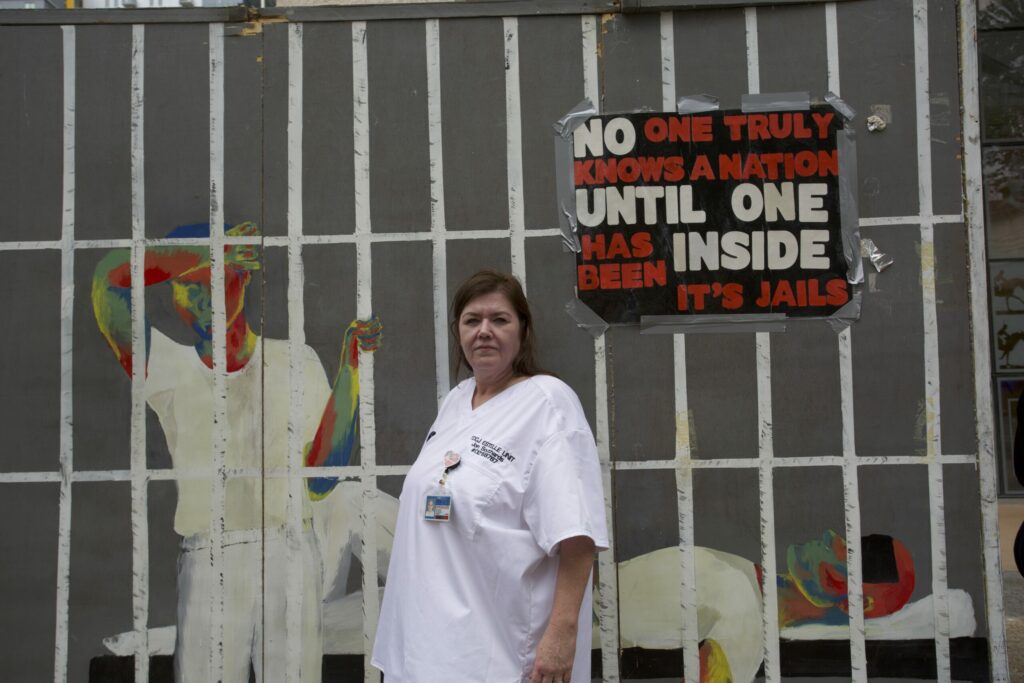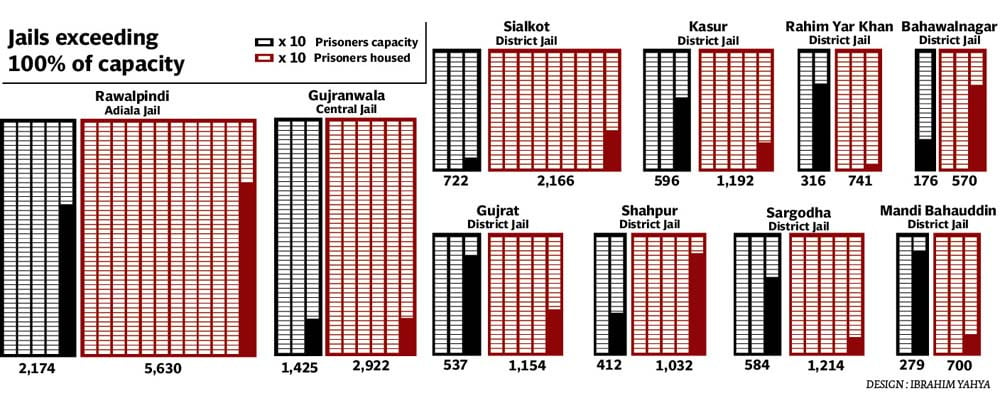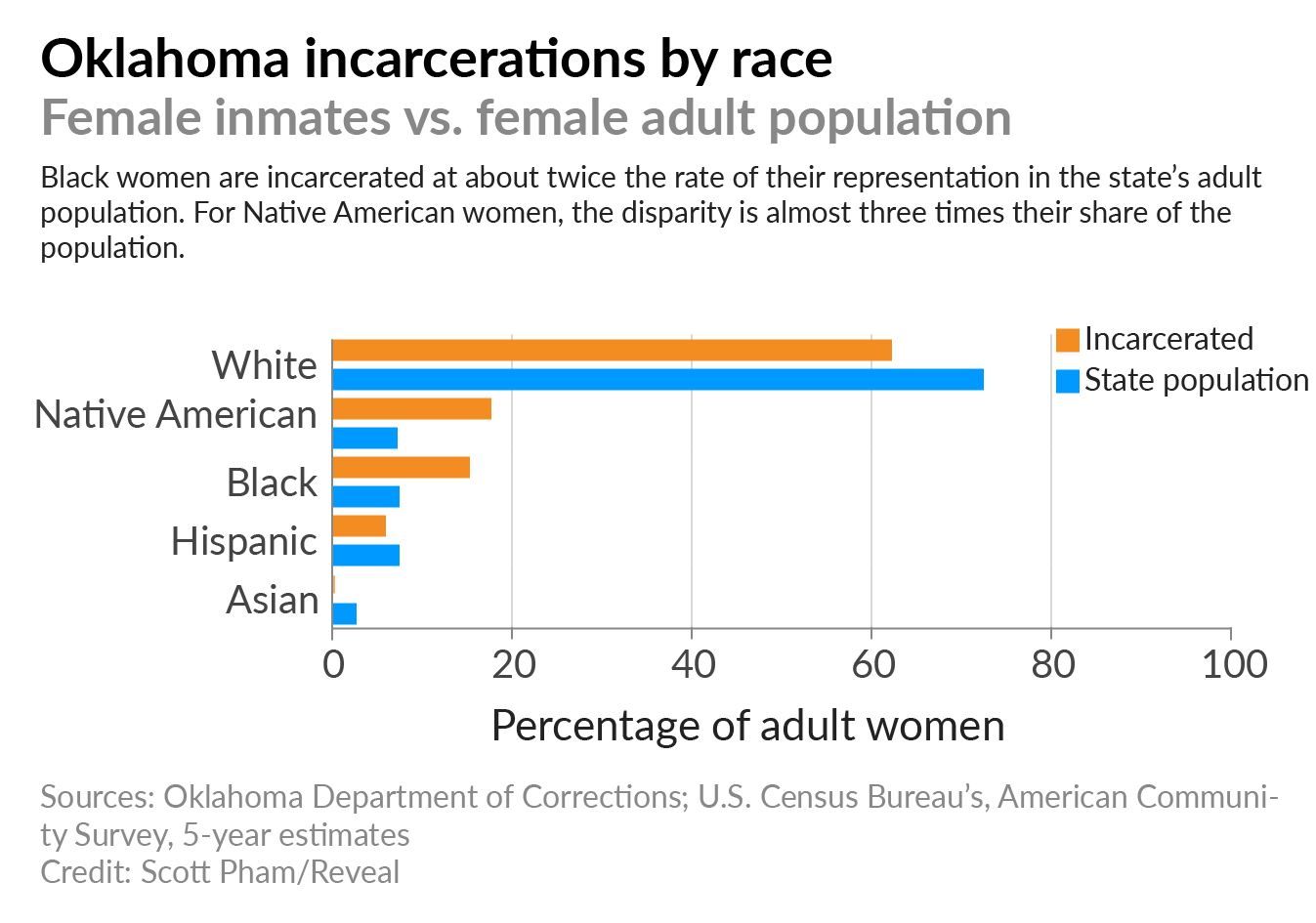
No hurt I did not feel, no death
That was not mine; mine each last breath
That, crying, met an answering cry
From the compassion that was I.
Edna St. Vincent Millay
Recently, three stories concerning dangerous, often fatal, prison conditions collided. In the United States, incarcerated people in Texas face a brutal summer without air conditioning. Objecting to being “cooked to death”, incarcerated people and supporters have filed a lawsuit, which claims that at least 40 incarcerated people died of heat related causes. In England, Chief Inspector of Prisons Charlie Taylor issued an “urgent notification” about conditions in HMP Wandsworth, England’s second largest prison. Taylor has been Chief Inspector of Prisons for four years. In his report on Wandsworth, Taylor noted he encountered “a degree of despondency he had not come across in his time as chief inspector“. In the past year, seven people died of self-inflicted wounds. The number and intensity of elf harm cases is rising. The Chief Inspector issued an “urgent notification”, meaning the State has to `improve’ the conditions at Wandsworth. In Mexico, in Morelos, in el Centro Federal de Readaptación Social, a women’s prison, 15 women have died in the past four years. In 2023, eleven women died. The prison claims the deaths were suicides. Public defenders and allies argue that the deaths resulted from violations of the women’s rights to access health care. The National Human Rights Commission recently documented such violations. In response to the situation in Texas prisons, State Representative Carl Sherman, D-DeSoto, commented, “We have the resources. We just seem to not have the compassion to do it.”
We don’t have the compassion. Once, compassion meant “suffering together”. Both parts carried equal weight. One who felt compassion suffered; one who felt compassion was intimately bound with the other. Compassion meant staying with, in suffering. More than sympathy, more than affinity, compassion required continued empathetic solidarity. When it comes to prisons and jails, we have not stayed. More precisely, we have refused to stay with. Over the years, government officials have repeatedly described HMP Wandsworth as a death trap. The reports generate a day, maybe a week, of attention, and then it’s gone. Over the years, Texas prisons have been sued, repeatedly and successfully, for the criminal conditions in which people are held, particularly in the summers. The reports generate a day, maybe a week, of attention, and then it’s gone. Over the years, government officials have criticized el Centro Federal de Readaptación Social for its violations of prisoners’, of women’s, rights. Those reports generate a day, maybe a week, of attention, and then it’s gone.
Marci Marie Simmons, a formerly incarcerated woman and the community outreach coordinator for the Lioness Justice Impacted Women’s Alliance, an organization in Texas, said, “The fact is, if we don’t get air conditioning in these facilities now, people are going to die this summer.” People are going to die this summer as they did last. We have the resources. We just seem not to have the compassion.
(By Dan Moshenberg)
(Image Credit: Michelle Pitcher / Texas Observer)





